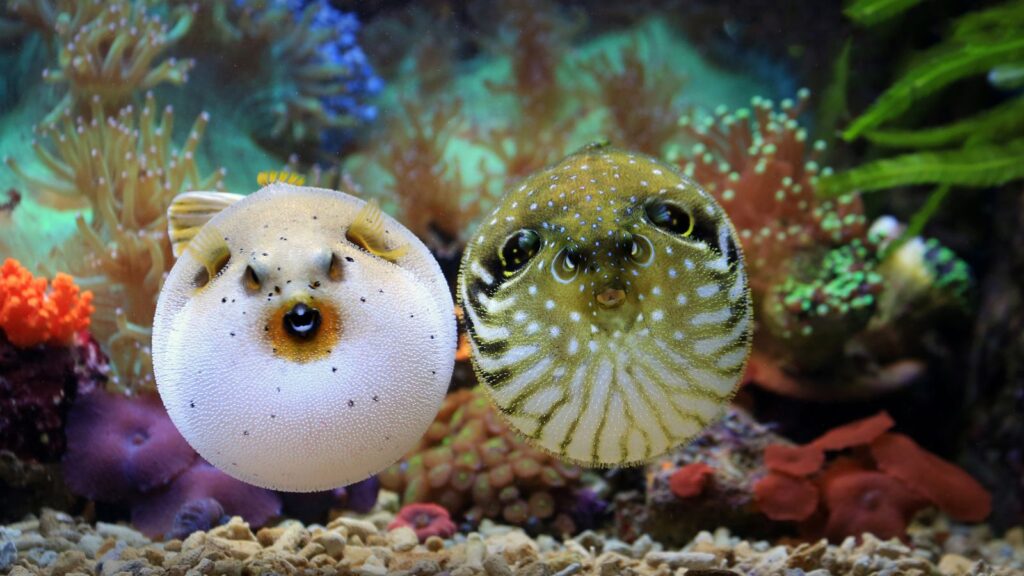When we think of cute animals, we often imagine cuddly, friendly creatures that wouldn’t harm a fly, but some of the most adorable animals in the world pack a surprisingly deadly punch. These 18 seemingly harmless critters have evolved to defend themselves in various ways, and their cute appearances can be misleading.
Blue-Ringed Octopus
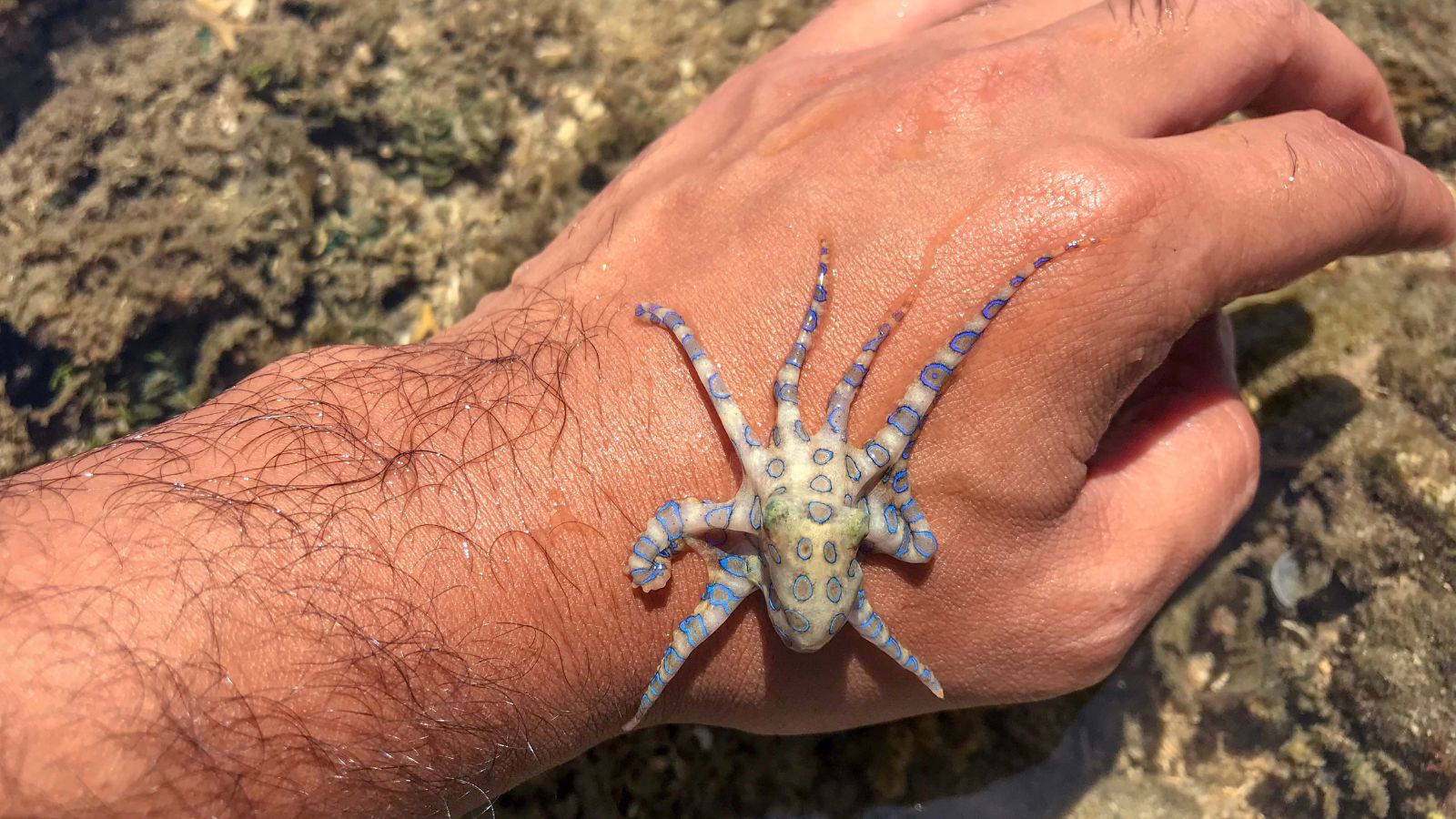
The blue-ringed octopus is as mesmerising as it is lethal. The Natural History Museum reveals that a blue-ringed octopus’s venom “stops muscles from being able to contract and has potentially deadly consequences.” Found in the Pacific Ocean, this tiny octopus is covered in iridescent blue rings that glow when it feels threatened.
Poison Dart Frog
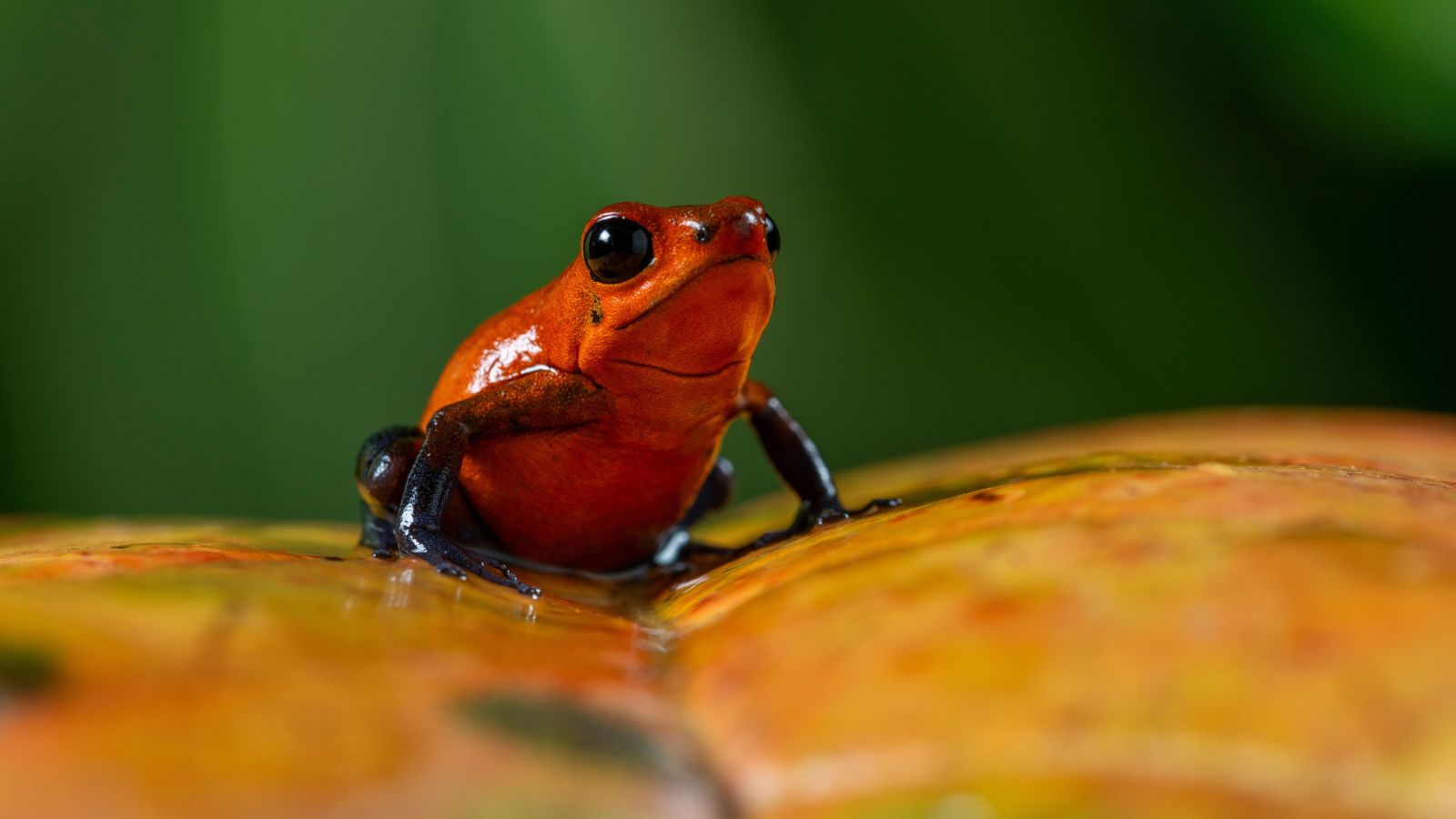
These tiny, brightly coloured frogs look like they belong in a fairytale, but their beauty hides a dangerous secret. Native to Central and South America, poison dart frogs secrete potent toxins through their skin. Indigenous tribes have been known to use these toxins on the tips of their blow darts for hunting.
Slow Loris
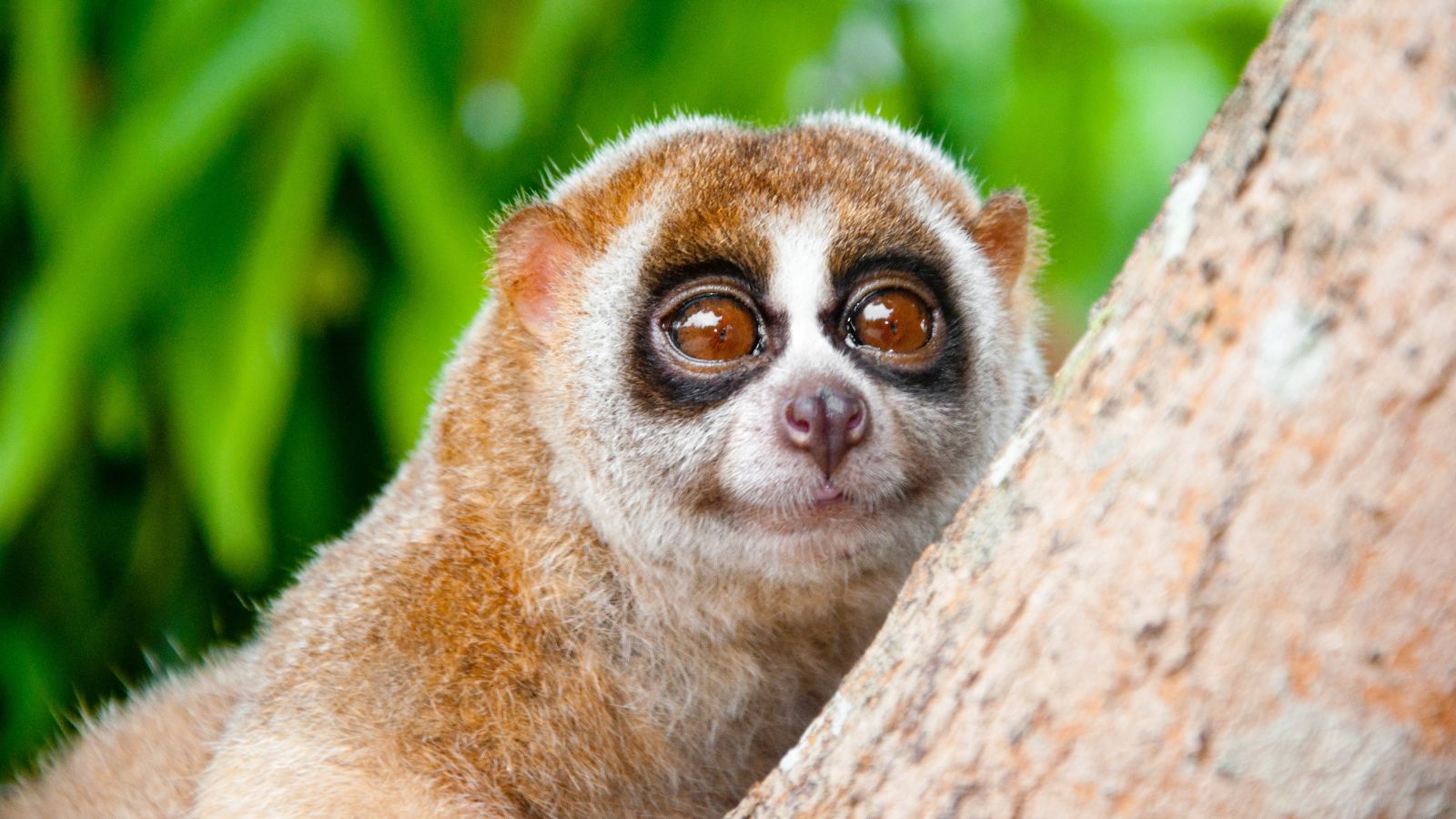
With their big, round eyes and slow, deliberate movements, slow lorises look like the epitome of cuteness. However, these nocturnal primates possess a toxic bite. They have a gland in their elbows that produces a toxin, which they spread over their fur and mix with their saliva. A bite from a slow loris can cause severe pain, allergic reactions, and in extreme cases, can be fatal to humans.
Pufferfish
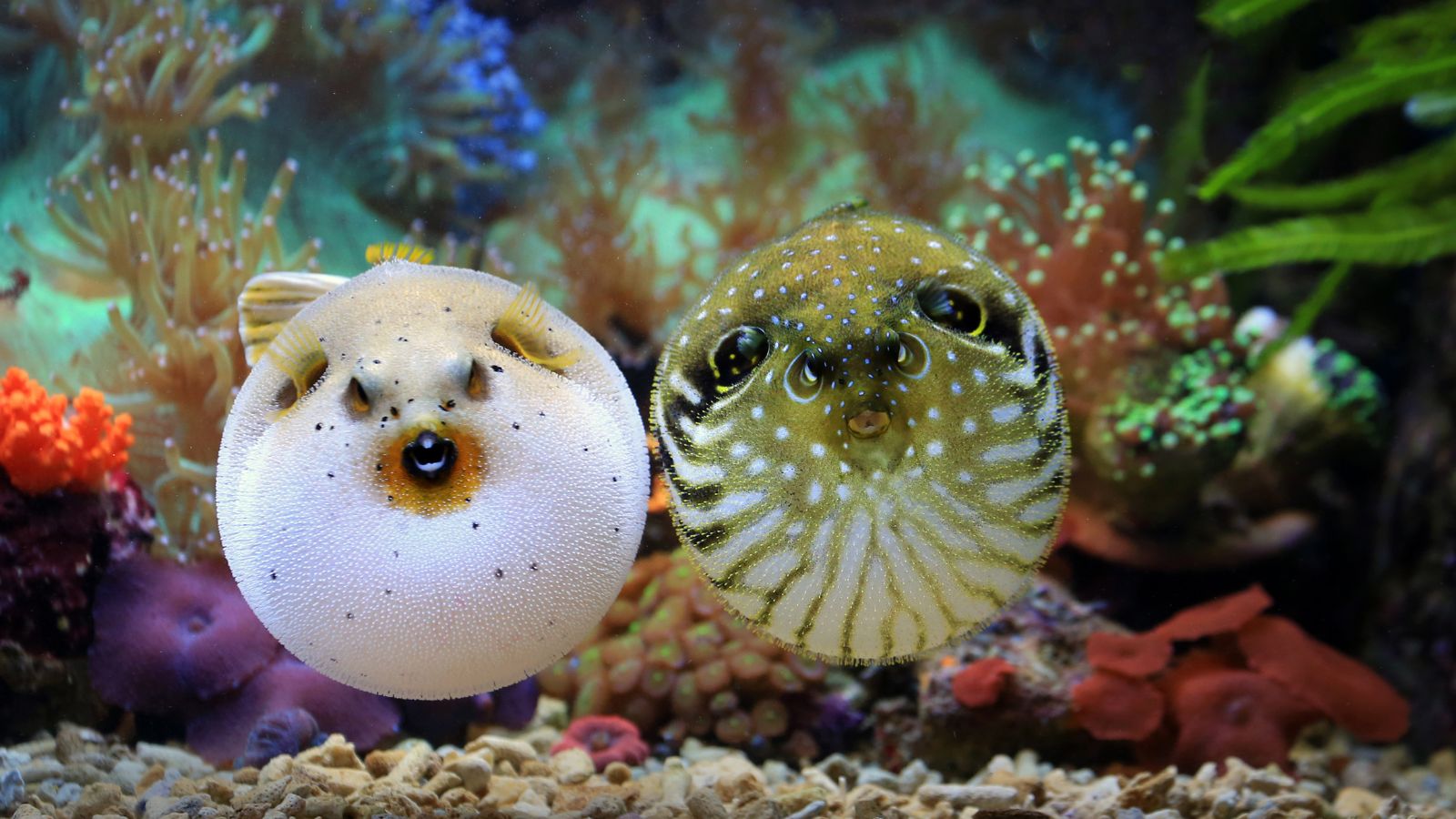
Pufferfish, with their cute, bloated appearance and seemingly innocent eyes, are a popular delicacy in some cultures. However, they contain tetrodotoxin, a potent neurotoxin that is 1,200 times more poisonous than cyanide. A single pufferfish has enough toxin to kill 30 adult humans.
Platypus
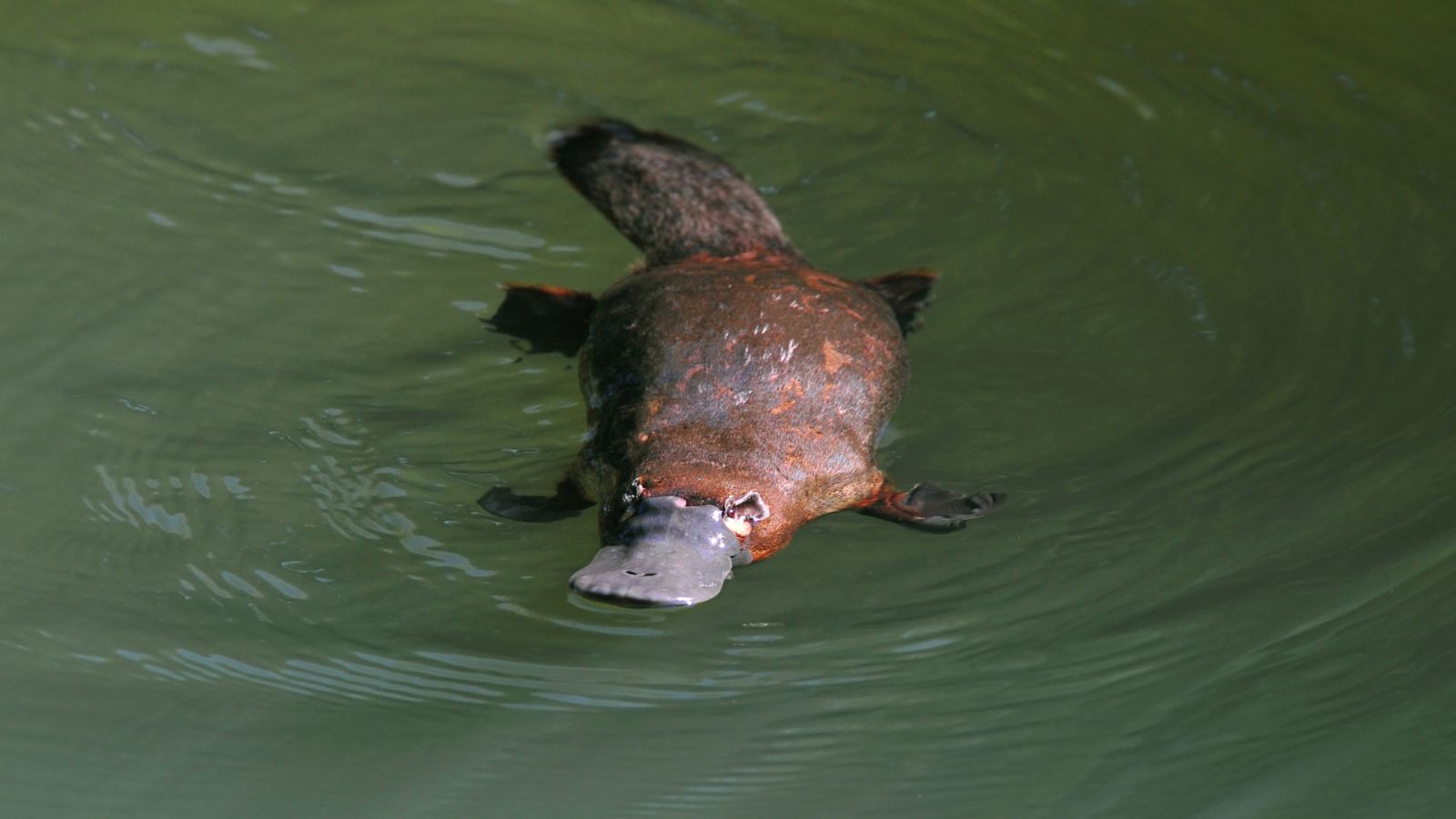
An odd yet adorable creature with its duck bill, webbed feet, and beaver tail is the platypus—but what many people don’t know is that male platypuses have venomous spurs on their hind legs. While the venom is not lethal to humans, it can cause excruciating pain, swelling, and long-lasting effects. This pain can be so severe that even strong painkillers often fail to provide relief.
The Swan
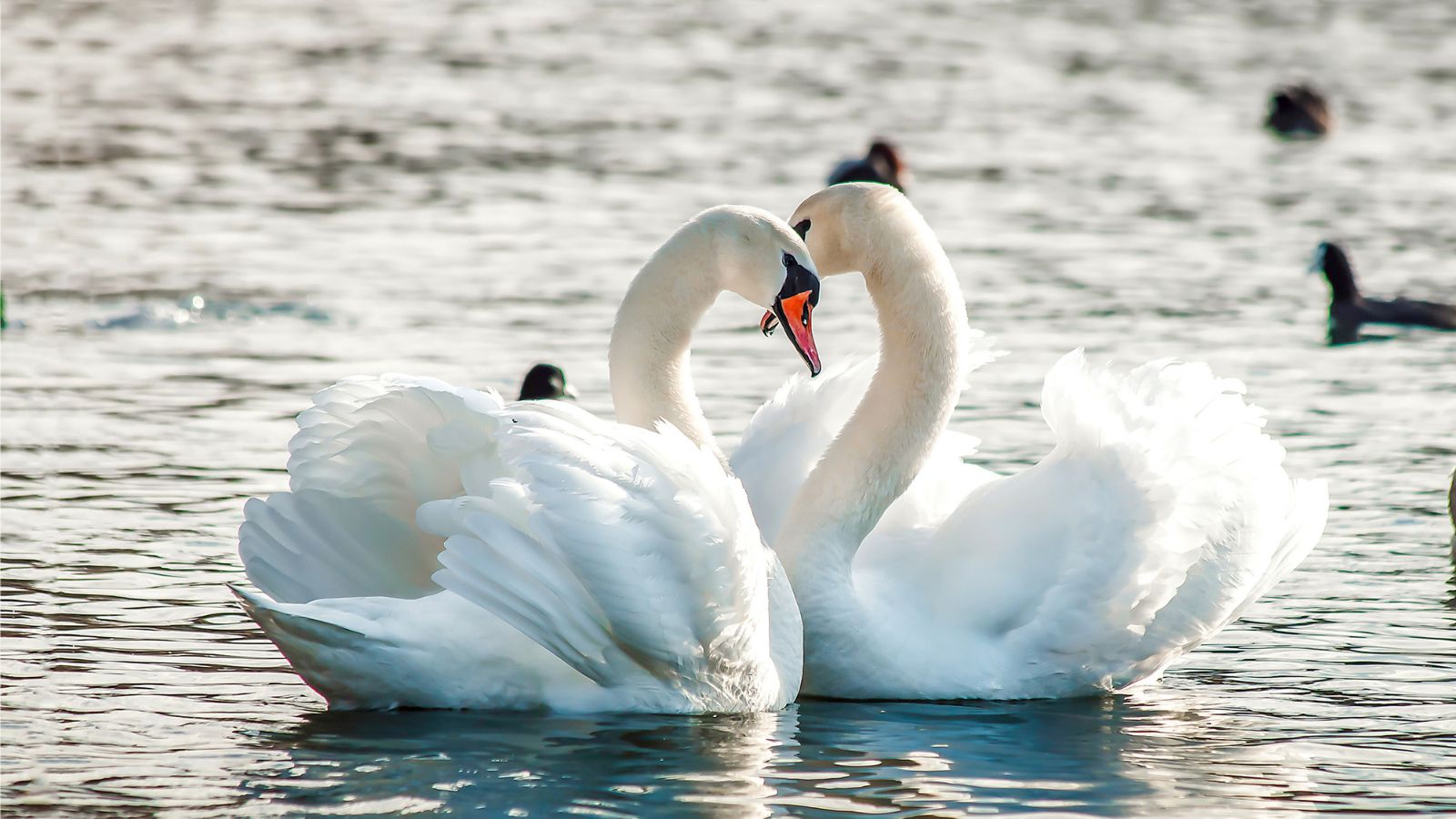
Swans are often seen as symbols of grace and beauty, gliding across ponds and lakes, but these birds can be fiercely territorial, especially during mating season. Swans have been known to attack humans who get too close to their nests, using their powerful wings to inflict serious injuries.
Kangaroo
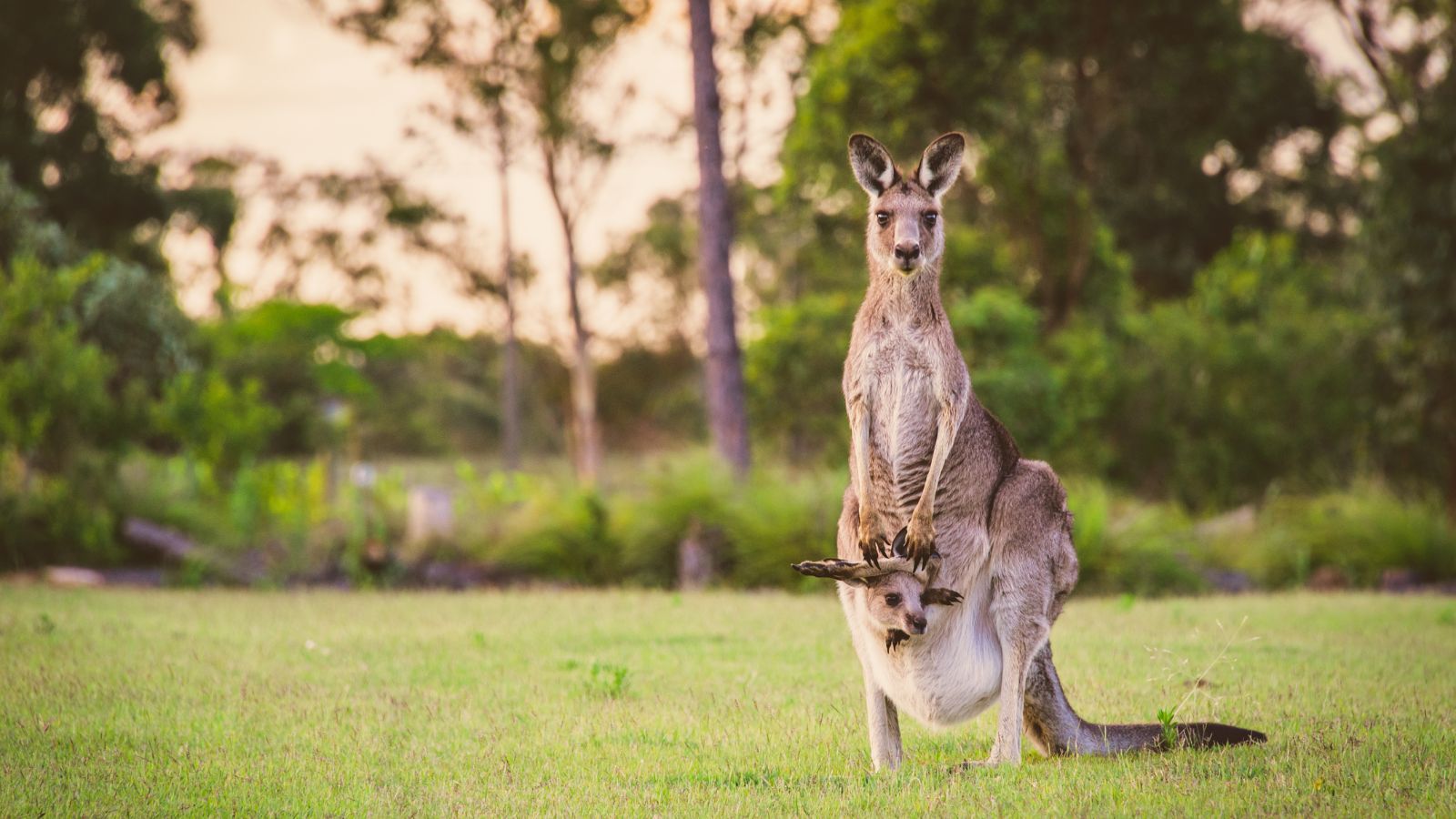
They might look like oversized, hopping stuffed animals, but kangaroos can be quite dangerous and male kangaroos, in particular, are known to engage in fierce boxing matches with their powerful legs and sharp claws. If they feel threatened or cornered, they won’t hesitate to defend themselves.
Hippopotamus
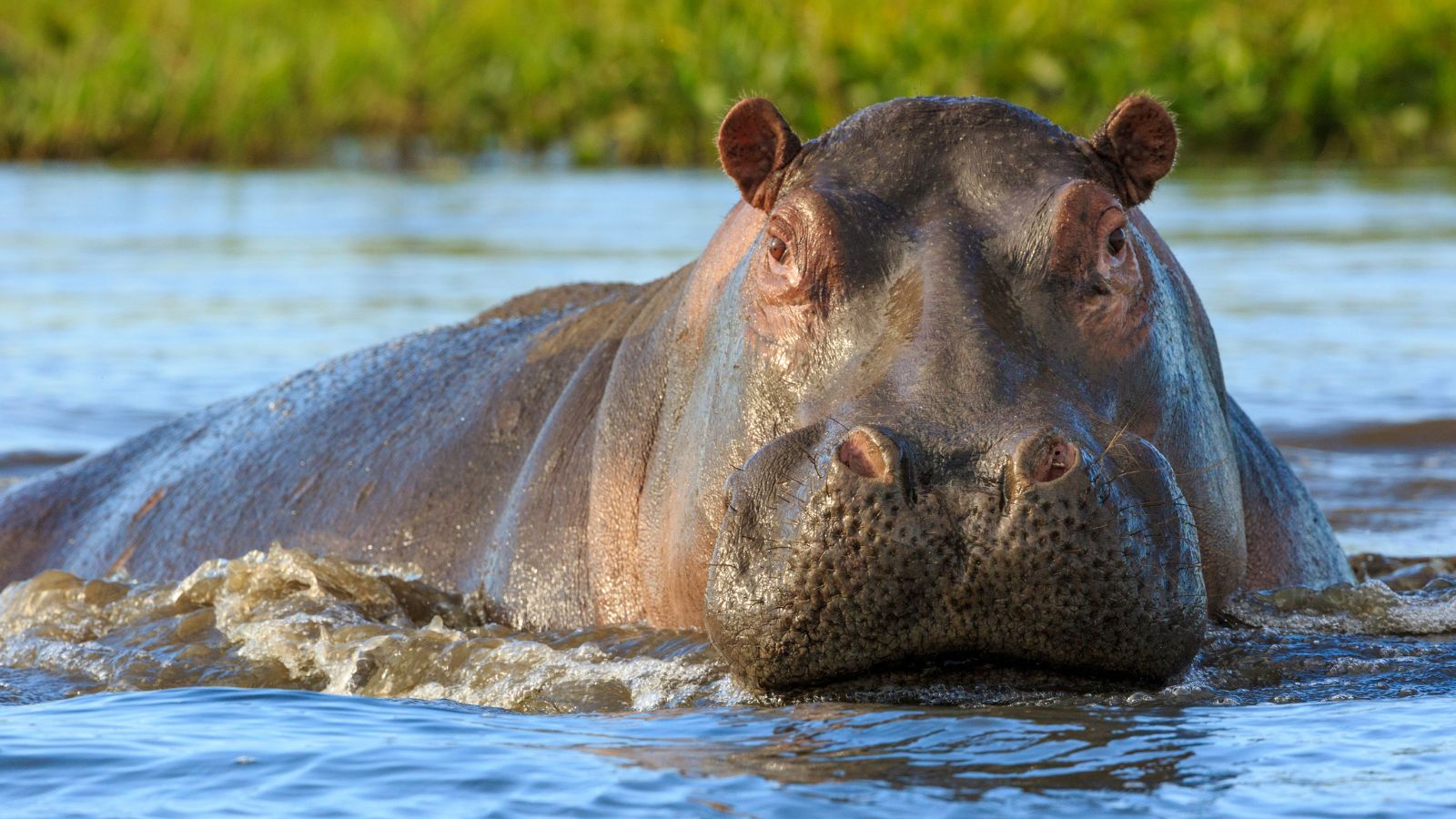
While they might appear to be large, lumbering, and somewhat comical creatures, hippos are actually one of Africa’s most dangerous animals. Despite their bulky size, hippos are incredibly fast and can outrun a human on land, and they are extremely territorial. Hippos are responsible for more human fatalities in Africa than any other large animal.
Elephant
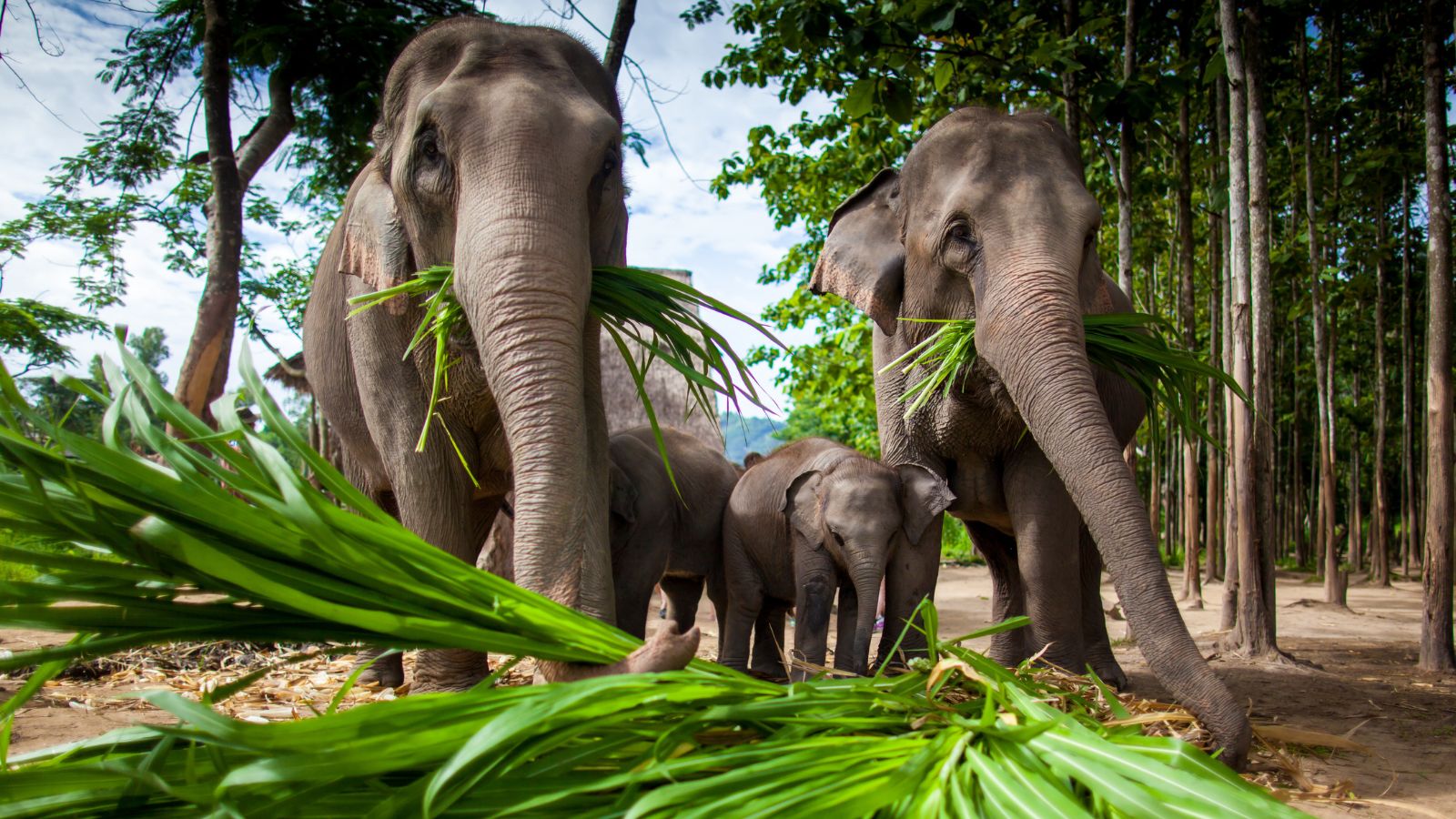
Elephants are often seen as gentle giants, known for their intelligence and strong family bonds, yet their size and strength mean they can easily trample a human. During musth, a period of increased testosterone in male elephants, they become highly aggressive and unpredictable.
Cassowary
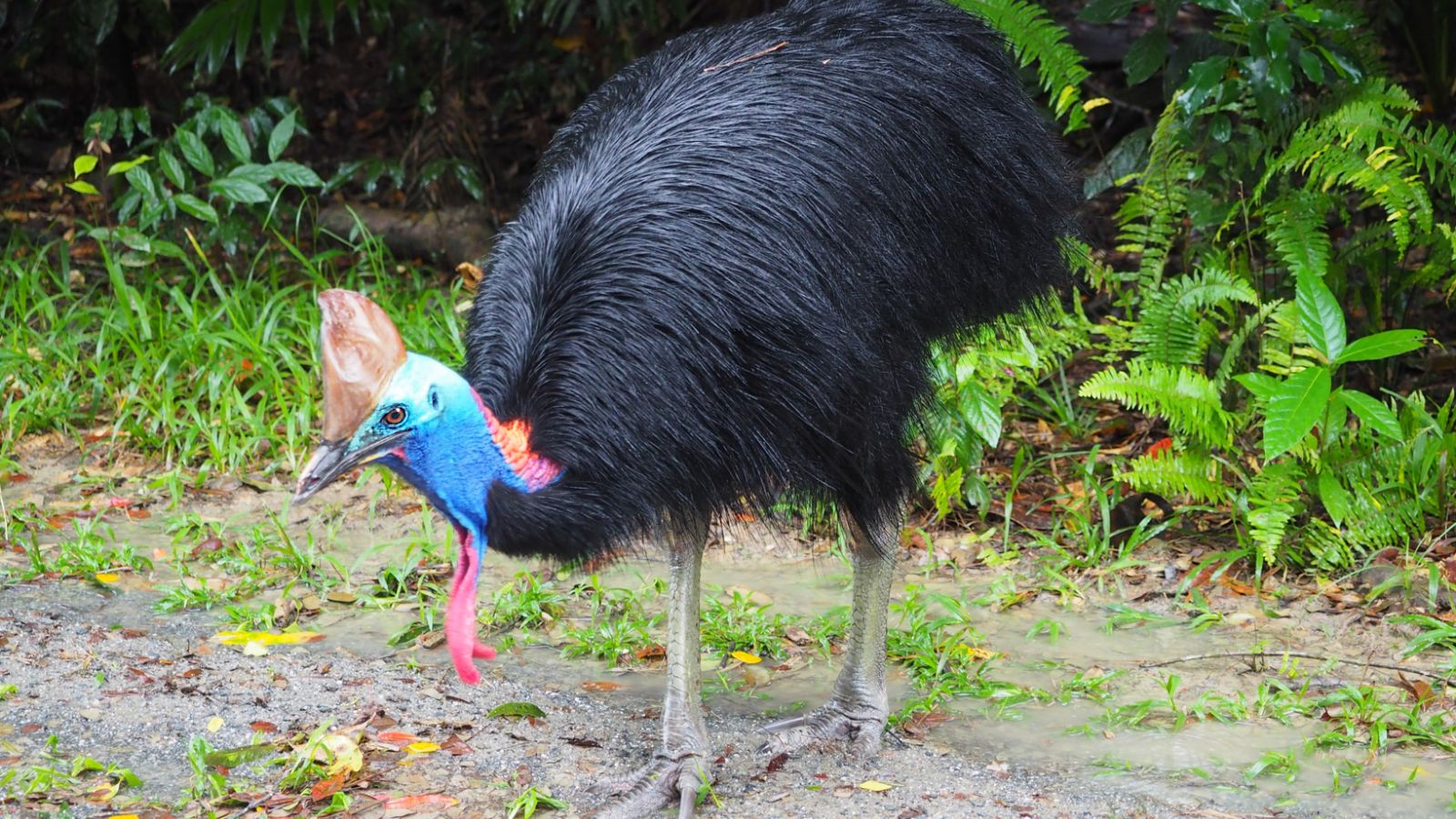
Large, flightless birds that look like a cross between a turkey and a dinosaur are named cassowaries, and are native to Australia and New Guinea. They have striking blue and black plumage and a distinctive casque on their heads; but despite their impressive looks, cassowaries are known to be highly aggressive and can deliver powerful kicks with their sharp claws.
Polar Bear
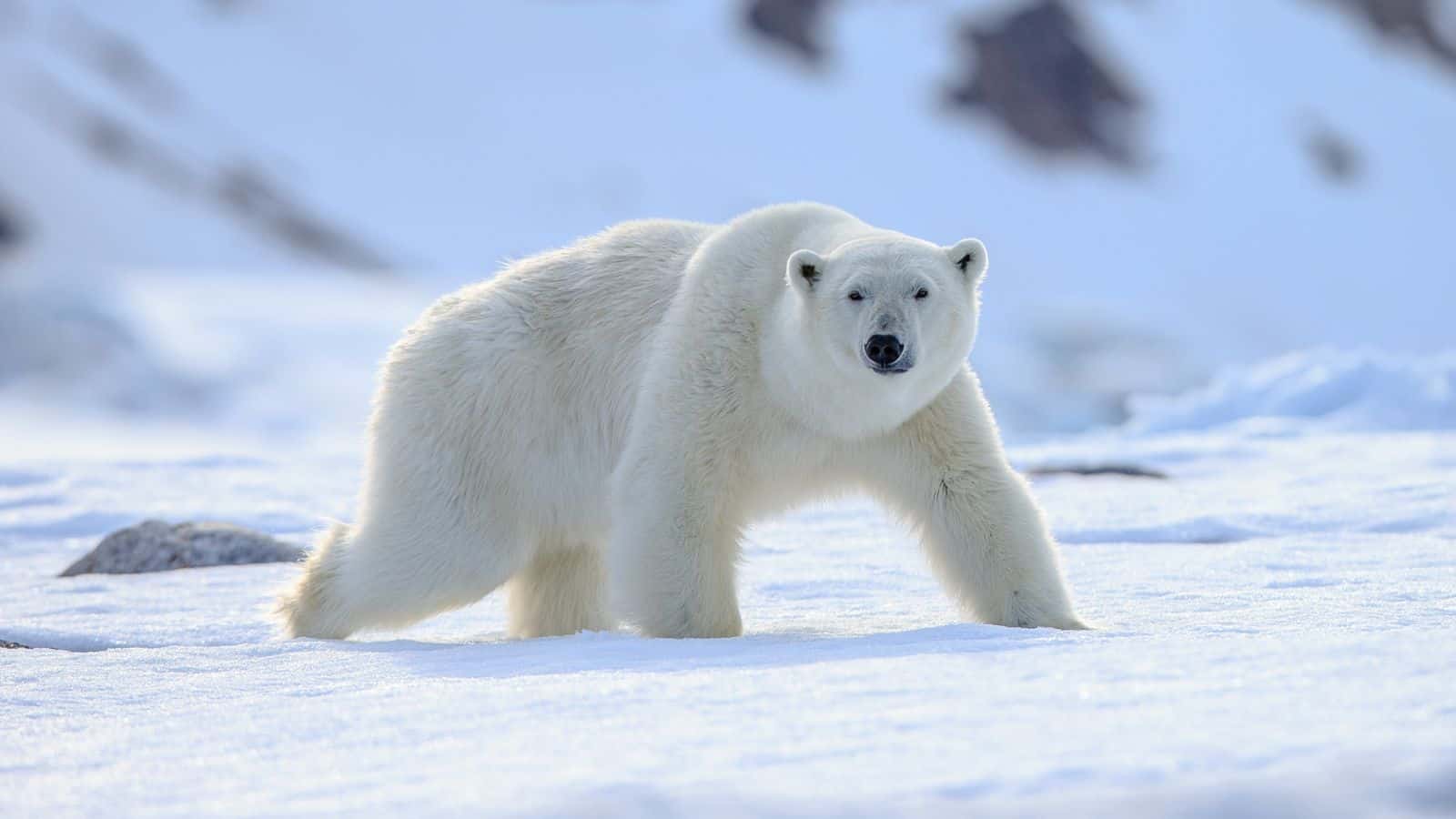
They look like cuddly, oversized teddy bears, but polar bears are the largest and most carnivorous of all bear species. Found in the Arctic, polar bears are top predators and can be incredibly dangerous to humans. Their sheer size, strength, and hunting skills make them formidable opponents.
Leopard Seal
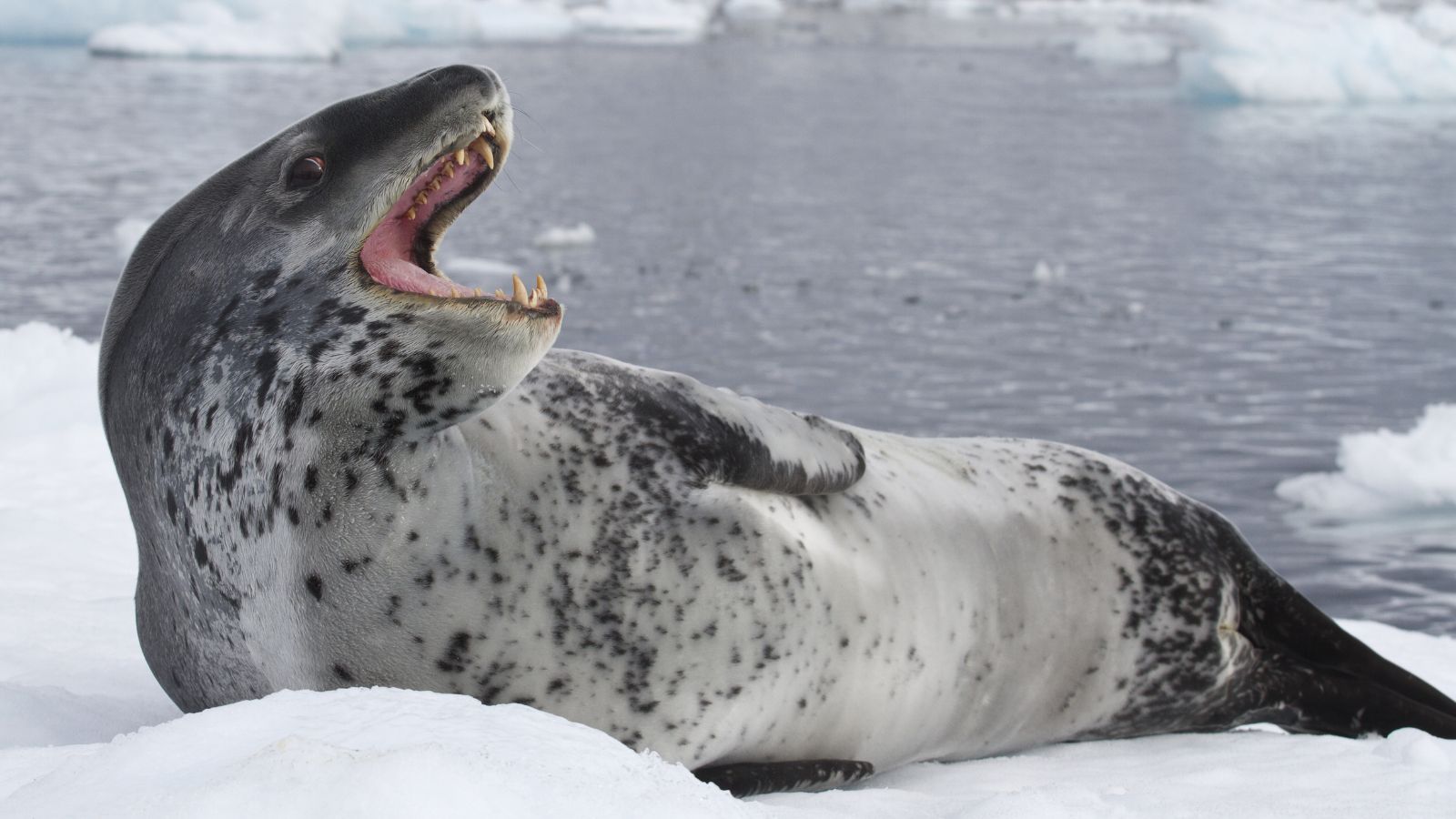
With their sleek, spotted bodies and large, expressive eyes, leopard seals seem like they belong in a cute animal calendar. Nevertheless, these Antarctic predators are top hunters in their environment, thanks to their powerful jaws and sharp teeth, which they use to catch and eat a variety of prey—including other seals.
Millipede
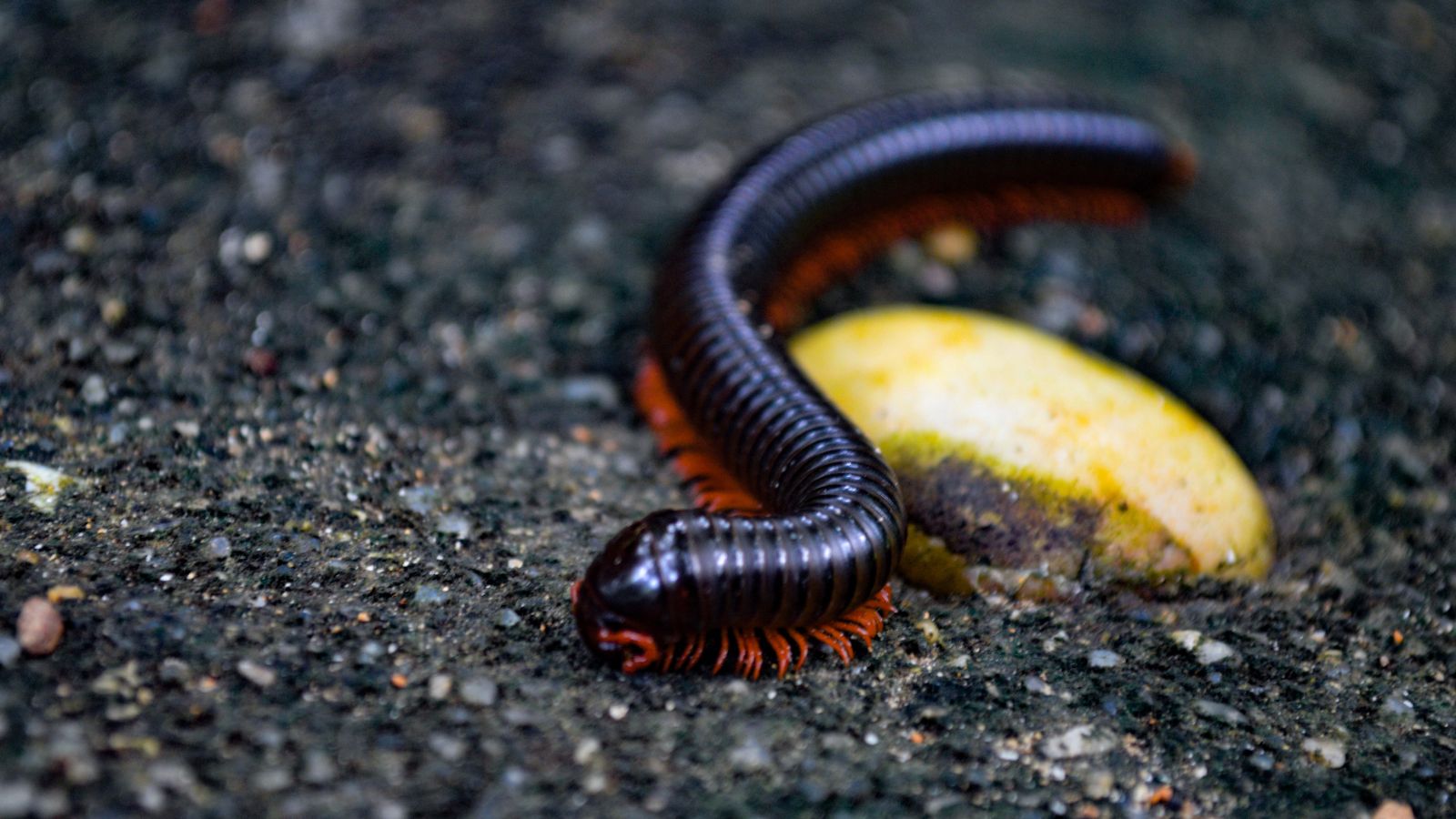
Millipedes might not be the first creatures that come to mind when thinking of cute animals, but their tiny, segmented bodies and numerous legs can be oddly charming and seem innocent enough. Yet some species of millipedes, however, can secrete toxic chemicals as a defence mechanism.
Bison
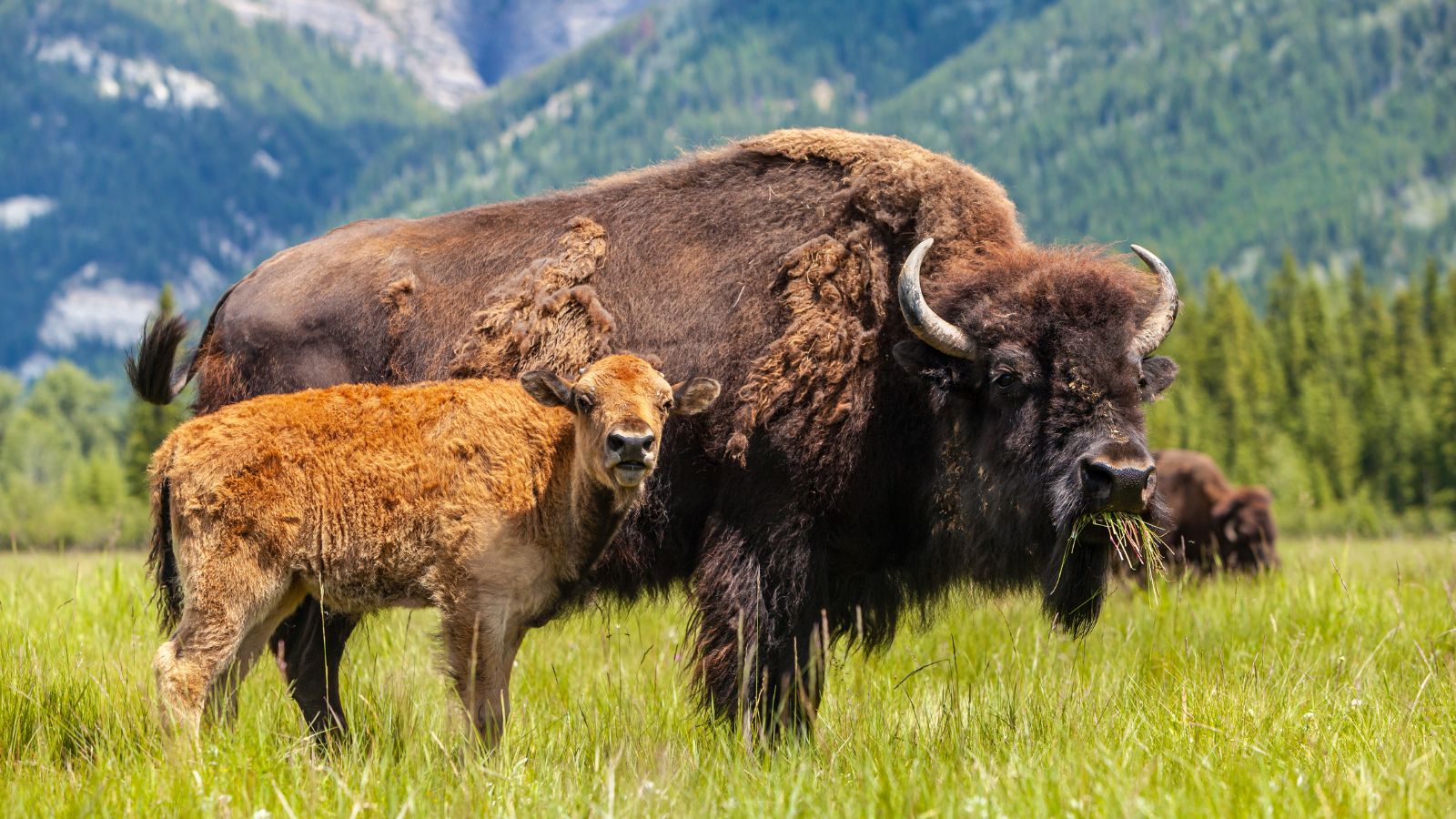
Often depicted as peaceful grazers, with their shaggy coats and large, gentle eyes, bison can look quite endearing. These massive animals can be extremely dangerous if provoked, however, and can run at speeds of up to 35 miles per hour—and have been known to charge at humans.
Dolphin

Dolphins are highly intelligent and playful creatures, often seen frolicking in the waves and performing tricks in marine parks, and a lot of people’s favourite marine animals. While they are generally friendly, dolphins can become aggressive, especially when they feel threatened or are protecting their young.
Honey Badger
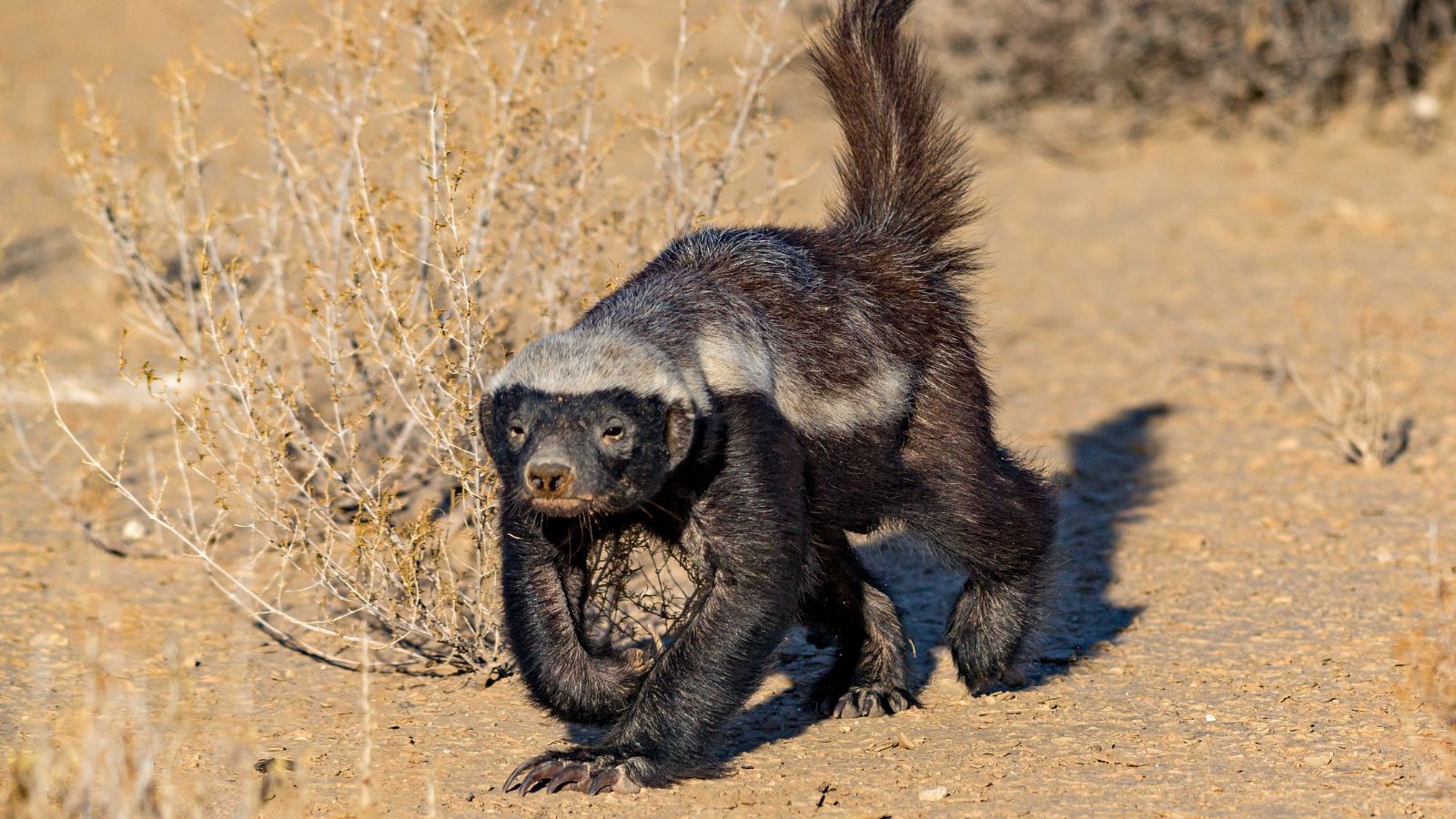
Thanks to their small, stocky bodies and seemingly adorable faces, honey badgers nevertheless have a reputation for being fearless and ferocious. Despite their size, they are known to take on much larger animals, including lions and crocodiles. Honey badgers have incredibly strong jaws and sharp claws, and they won’t hesitate to defend themselves.
Panda
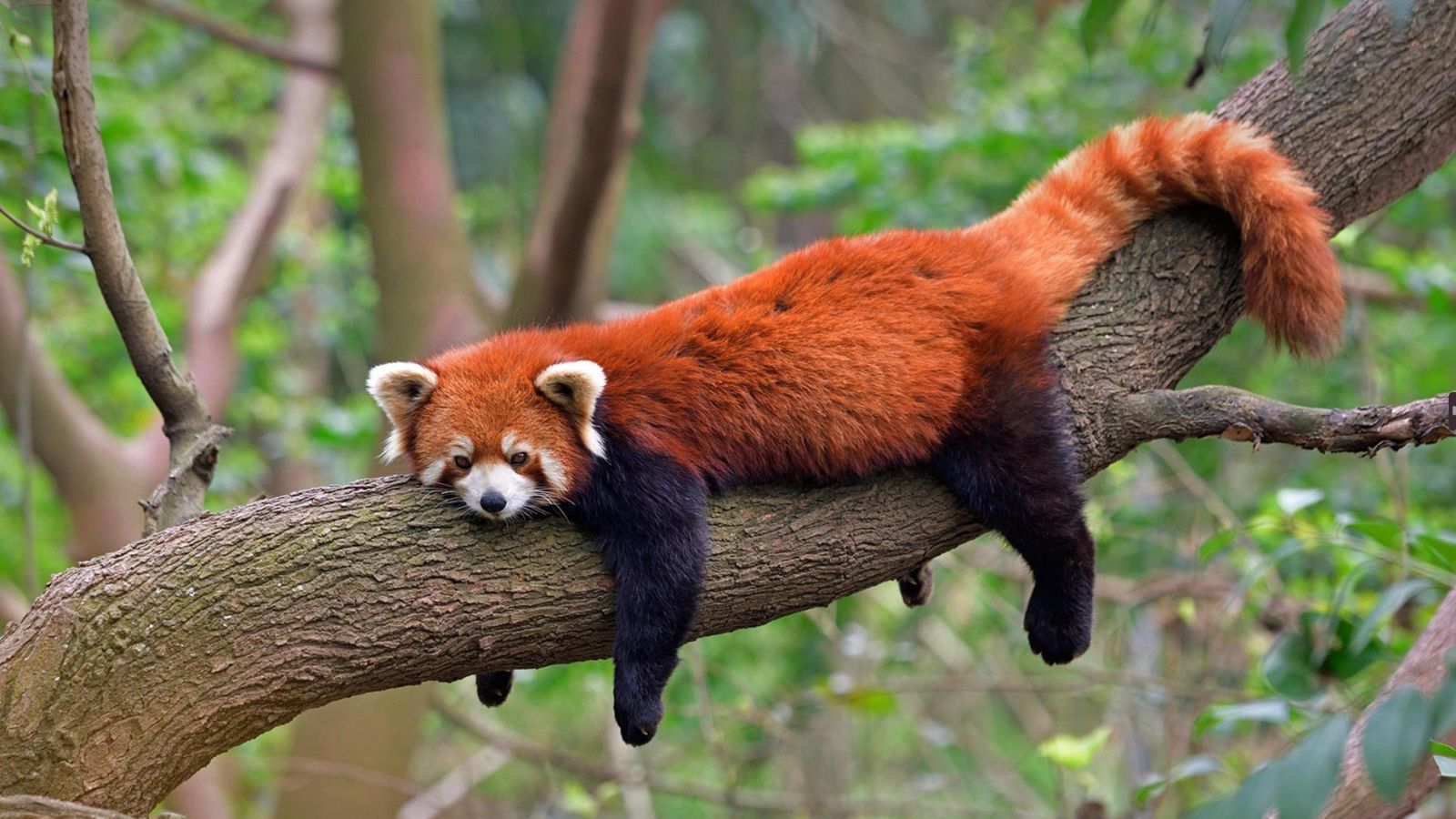
Pandas are universally adored for their round faces, playful antics, and bamboo-munching habits, but alongside this cuddly appearance, pandas are still bears and can be quite dangerous. They have powerful jaws and sharp claws, and if they feel threatened or provoked, they can cause serious injuries to humans.
The Red Fox
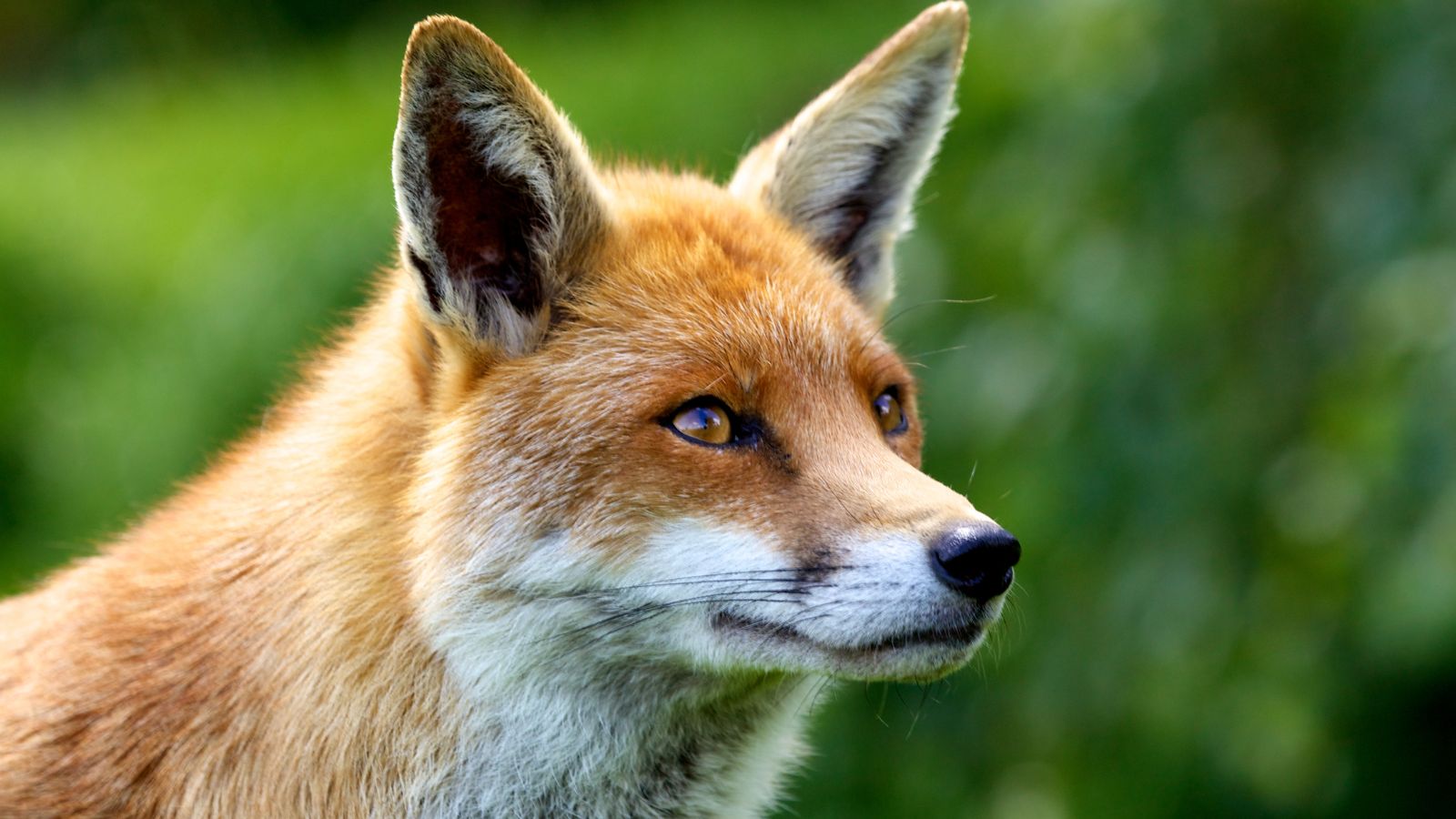
Last but by no means least, the red fox is often depicted as sly but harmless creatures in folklore and children’s stories, with their fluffy tails and curious expressions. Red foxes can carry rabies, though, a deadly virus that can be transmitted to humans through bites or scratches.

